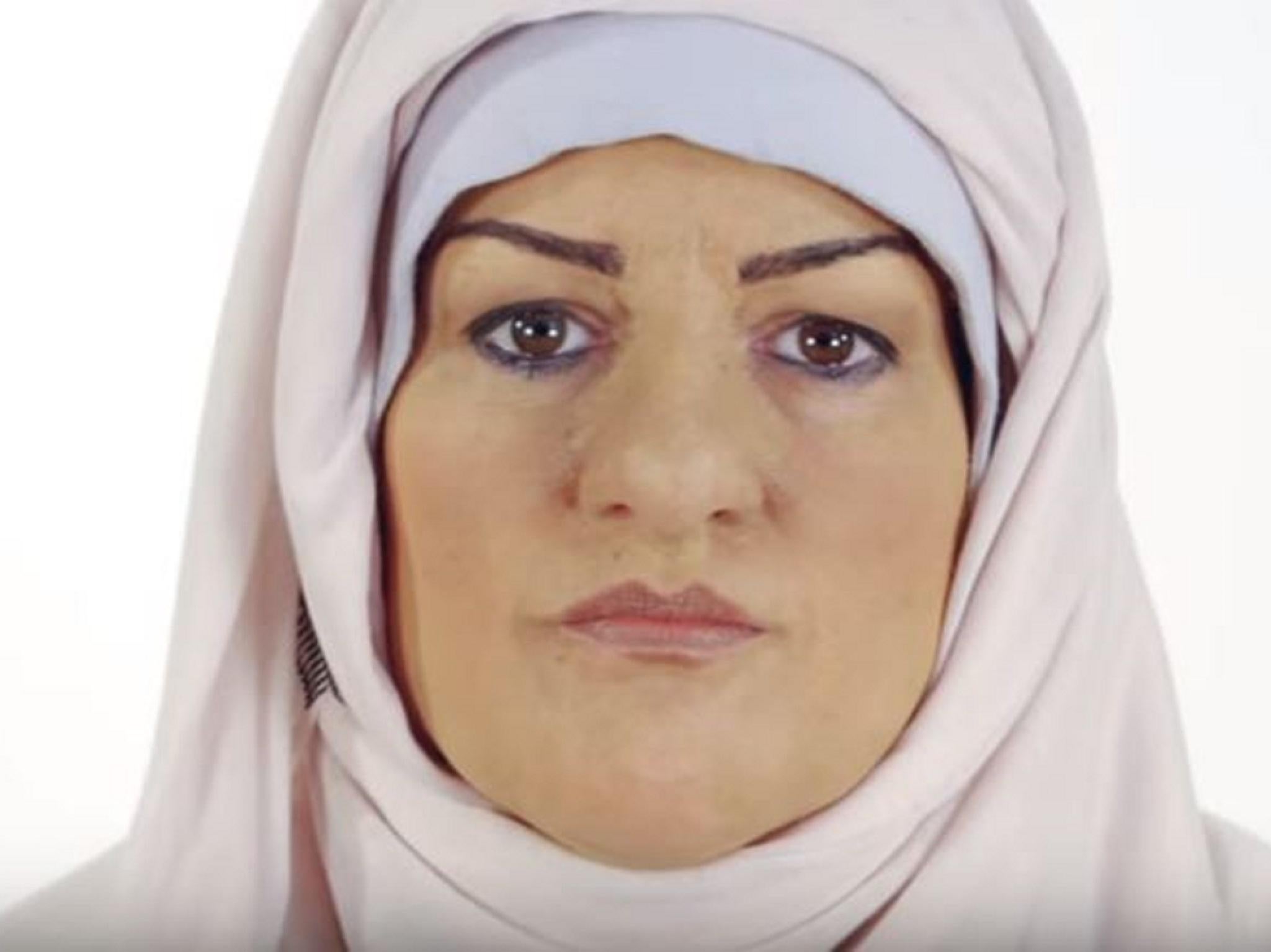You shouldn't have to 'dress up as a Muslim' to understand that Islamophobia is wrong
Muslim women particularly have long been categorised as a uniform group. We are presented as a collective, when in actual fact we are not. Not all of us wear abayas. Not all of us wear a hijab. Not all of us speak Arabic

Brown contact lenses, a prosthetic more Asian looking nose, complexion darkening make up, a hijab and some Arabic words. Five things you need to complete your Muslim woman Halloween Costume.
According to a new Channel 4 documentary, this is all that is required to go “undercover as a Muslim.” Apparently this reverse White Chicks transformation allows an individual to “walk in the shoes of someone from a different background and what it is like to be a part of the British Pakistani Muslim community rather than just observe as an outsider.”
Allow me to break something down for you. Especially for those of you sitting at the back, who suffer from tunnel vision and selective hearing.
Muslims come in all shapes, sizes and colours. A toddler will probably be able to grasp that notion. To be a Muslim, it means you subscribe to a faith – Islam. Islam is a faith that is not limited nor restricted to race or ethnicity. There are roughly around 1.8 billion Muslims in the world. Here in our glorious nation, there are roughly about 2.8 million Muslims, and the largest group is of Pakistani or Bangladeshi heritage. Smaller groups include Turks, Arabs and Africans.
Now within this largest group, the Pakistanis, there are numerous sub groups – you have Kashmeris, Balochis, Mirpuris (subgroup of the Kashmiris), Sindhis, Punjabis, Karachiites, and so on and so forth. The name refers to where they come from in Pakistan. Within these entire sub groups there are even more sub groups. Basically I could subgroup until the cows come home.
There is no single homogenous Muslim community. There is no single monolithic Pakistani community. Kashmeris who hail from the northern regions of Pakistan can have fair skin, blonde hair and green eyes – we also tend to have larger noses. I was only blessed with the latter feature. Sindhis, who come from the Southern regions of Pakistan, can have darker complexions and brown eyes.
Being a Muslim is adhering to a faith – how it manifests itself is dependent on a whole host of varying factors. Your Islam can be determined by where you come from (anywhere in the world), by the culture you were brought up in and your own personal identity and ideology. It is not defined by your ethnicity, or the colour of your skin. Muslim men, women and children come in all shapes and sizes – we cannot simply be stereotyped as an olive-skinned woman in a burqa.
Muslim women particularly have long been categorised as a uniform group. We are a fascinating and intriguing species, folk love to talk about us, at us – but not to us. We are presented as a collective, when in actual fact we are not. Not all of us wear abayas. Not all of us wear a hijab. Not all of us speak words of Arabic.
I understand what this programme is trying to do. It’s trying to create empathy. But it concerns me – do we really have to put on a costume to empathise with someone? Do we really have to get abuse shouted at us to feel ashamed of our own prejudices? If we do, does that not reflect on the state of our society?
When I was growing up in the heart of Bradford, surrounded by so many different communities all striving to make ends meet, my mother taught me a very valuable lesson. She told me empathy was not innate. I had to learn it. I had to practice it. I had to feel it.
How do you do that? In Punjabi: “mu band kar kay, ankhain tay kaan kol kay” – shut your mouth and open your ears and eyes. It’s meaning runs deeper than its literal interpretation. When you shut your mouth, essentially you cut off your own words, you cut off your own thoughts – you silence yourself. When you open your eyes and ears, you see the other person, you hear what they hear and you see what they see.
You feel what they feel.
So rather than going through the trouble of all the makeup and props, surely it would have been far better if the individual had gone on a girls night out with Muslim women from all spectrums.
If we want a more tolerant, open and empathetic society, we can’t all don costumes to understand how others feel.
A version of this piece originally appeared on Talk It Out
Join our commenting forum
Join thought-provoking conversations, follow other Independent readers and see their replies